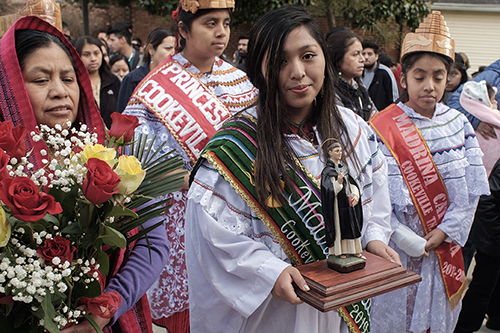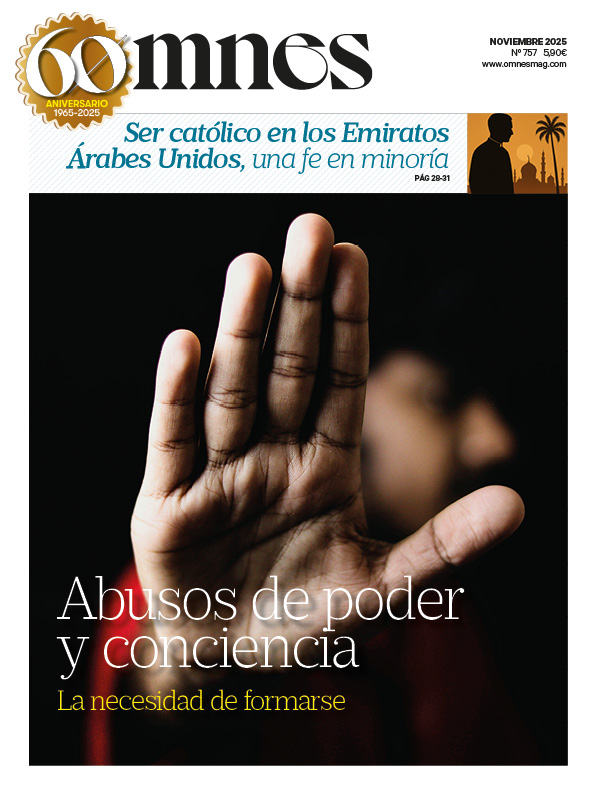Not so long ago, and I am only referring to a few decades ago, to speak of American Catholic realities meant speaking of communities and church leaders primarily of Irish, German, Italian and other European nationalities.
Demographic and cultural shifts in the American Catholic world in recent decades have changed that. When talking about the United States Conference of Catholic BishopsThe first name that comes to mind is that of its current president, Archbishop José Gómez. Archbishop Gomez, of Mexican origin, is also the pastoral leader of the country's largest Catholic archdiocese, Los Angeles, which is home to more than 4.3 million Catholics, 74 percent of them Hispanic.
In the country's largest cities, including Chicago, Houston, Miami and New York, more than half of the Catholic population residing there is Hispanic. Some 4,500 of the country's approximately 16,900 Catholic parishes offer services and pastoral accompaniment in Spanish.
These signs and realities serve as evidence of the tectonic movement at the cultural and ecclesial levels that is occurring in the U.S. Catholic world. Perhaps the best indicator of what Catholicism in the United States will look like in the remainder of the 21st century is the youth. Approximately 60 percent of young Catholics under the age of 18 are Hispanic. There is no guessing what the face of American Catholic leadership and communities will look like in the years to come.
The history of Catholic communities
To speak of a tectonic movement also requires speaking of geography. The vast majority of Catholic immigrants who arrived from Europe in the 19th and early 20th centuries settled in the Northeast and Midwest. There they established a massive network of parishes, schools, universities and social service centers that made Catholics one of the most influential groups in the American context.
Since 2015, thanks to the Hispanic presence flowing steadily from Latin America and the Caribbean, the majority of U.S. Catholics now live in the South and West of the country. It is there that the present and future of U.S. Catholicism is being forged. One of the great challenges is the lack of basic structures to support the growth of the Hispanic Catholic population, especially parishes and Catholic schools. However, it is a more agile, less structured and more diverse Catholicism.

Part of my research work as a theologian is to study the structural, cultural and theological evolution of this new way of being Catholic in a country with deep Anglo-Saxon and Protestant roots. To be part of the American Catholic experience in the 21st century is to participate in the birth of a community that has been centuries in the making. And like any birth, the emergence of this community does not come without its due pains.
I like to cook. I like to experiment with ingredients and seasonings. I like to change recipes from time to time. I also like to eat in restaurants and sometimes I order the same dish in different places so I can appreciate the different ways it is prepared. It never ceases to amaze me that although the ingredients are practically the same, the flavors are different depending on who is cooking them and how they are cooked. Of course, the quality of the ingredients and seasonings also affects the taste.
Well, today we are witnessing a series of profound demographic, socio-cultural and ecclesial changes that make American Catholicism an experience with a particular flavor. It is an American Catholicism with a Hispanic flavor about which there is much to say and about which we will surely hear a great deal in this century.







